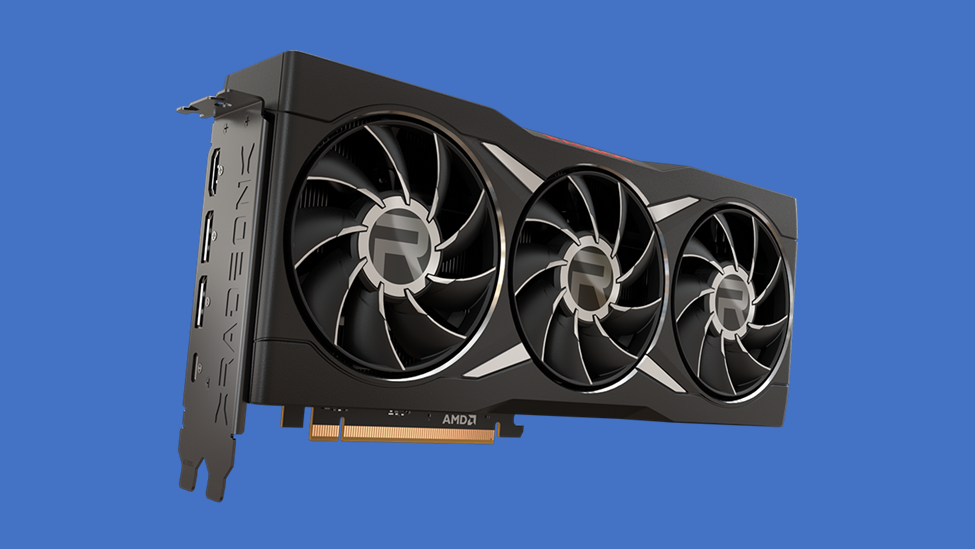Gamers love rumors, especially when they claim to have inside information about GPUs, AIBs, and PC builders’ secrets. Recently, rumors suggested AMD was introducing a special Chinese AIB called the RX 7900 GRE (Golden Rabbit Edition), which wouldn’t be available outside China. Some board partners were skeptical of this model, resembling a stripped-down RX 7900 XT with less memory. Although AIB partners have requested a 16GB memory configuration from AMD for the RX 7800/7700 series, there were no official announcements or leaks—until now. The RX 7900 GRE shares similarities with the RX 7900 XT, featuring 80 compute units and the new Navi 31 XL GPU. The launch occurred a few days ago, tied to AMD’s participation in ChinaJoy 2023.

Is there anything a gamer likes better than a rumor? Being, or claiming to be, the first to know some secret of the GPU, AIB, or PC builders’ innermost secret plans and specifications? No, there isn’t. FPS, price, availability, all pale in comparison to a juicy supposed leak, and even better if it can be tied to a conspiracy. The leaker jumps to the top of the heap, collecting likes along the way.
The annoying thing about the rumormongers and leakers is they often have a good percentage of the actual facts. That’s because too many hands must touch a product launch, and the moral code of confidentiality and good manners is not taught in school—and if it was, most kids would sleep through it or watch TikTok.
There have been rumors about AMD introducing a special Chinese AIB allegedly known as the 7900 GRE (for Golden Rabbit Edition). One rumored detail was this AIB would not be available outside of China. It’s been suggested by the rumor mill that some board partners are not in favor of this model, as it resembles a stripped-down version of the RX 7900 XT with reduced memory. Consequently, the launch of the RX 7900 GRE was expected to be limited, with fewer variations available.
Speculations suggested that the AIB’s official launch was scheduled for July 28, coinciding with AMD’s participation in ChinaJoy 2023, which means by the time you read this, it will have already happened. (And, it did.) We now know the existence of this board is fact, although some of the rumored details were not exactly spot-on. It will have a starting price of $649.
AIB partners have been requesting a 16GB memory configuration from AMD for the RX 7800/7700 series.
Despite the memory limitations, the RX 7900 GRE has similarities with the RX 7900 XT, having 80 compute units (compared to the RX 7900 XT’s 84) and the new Navi 31 XL GPU. Also, the 7900 GRE has 5,120 stream processors, not the rumored 5,376 SPs like the 7900 XT has. Notably, it stands out due to its 16GB memory configuration, which has been absent from the desktop RDNA3 lineup for some time. This memory configuration is based on a 256-bit memory bus and can provide a bandwidth of up to 576GB/s.
AMD has provided drivers and related information to AIB partners and media in China.
And, TechPowerUp has reported that the GPU found in the RX 7900 GRE is physically distinct from the one used in desktop Radeon RX 7900 XT and RX 7900 XTX AIBs. It’s illogical that AMD would design a new GPU for a limited-edition AIB. Instead, it’s likely AMD might have other applications in mind for this GRE GPU. For instance, AMD might use it for an upcoming mobile RX 7900 series.

During TechPowerUp’s comparison, they observed the new Navi 31 package used in the RX 7900 GRE is smaller than the one powering the RX 7900 XT/XTX. It takes on a square shape, unlike the larger rectangular package, and features a thinner metal reinforcement brace. Interestingly, the new package surrounds the 5nm GCD with six 6nm MCDs. It’s uncertain whether two of these MCDs are disabled or simply dummies. AMD has used dummy chiplets for structural reinforcement in some of its Epyc server processors, where they help distribute mounting pressure from the integrated heat spreader (IHS) or cooling solution. A similar logic might apply to the configuration of the six MCDs around the GCD in this GPU.